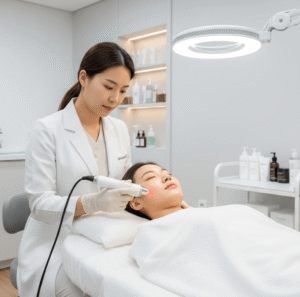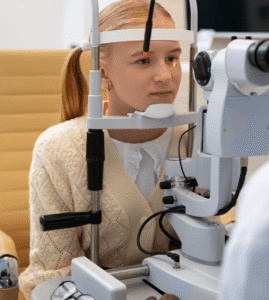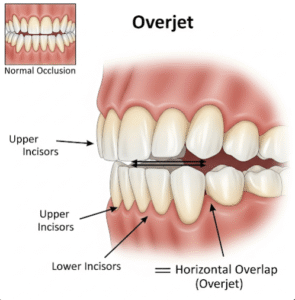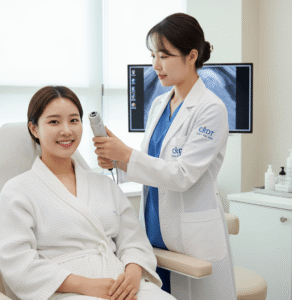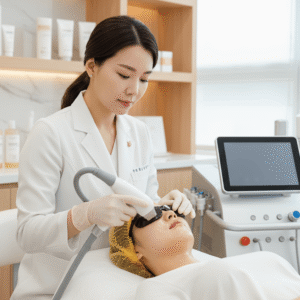Overview
An armpit lump refers to a swelling, bump, or mass located in the axillary region (underarm). These lumps can arise from a variety of causes, ranging from benign infections or swollen lymph nodes to serious conditions such as breast cancer or lymphoma.
In South Korea, clinics specializing in general medicine, oncology, and breast health provide comprehensive evaluation, imaging, and treatment options for armpit lumps. Early assessment is crucial to determine the underlying cause and initiate timely care, ensuring better outcomes.
Key Facts
Highlights:
➡️ Armpit lumps can be painless or tender, firm or soft, and vary in size.
➡️ Commonly caused by swollen lymph nodes due to infections or inflammation.
➡️ Can be a sign of serious conditions, including breast cancer, lymphoma, or other malignancies.
➡️ Prompt evaluation is essential, especially for lumps that are persistent, hard, or growing.
➡️ South Korean medical facilities offer advanced imaging, biopsy, and treatment options for accurate diagnosis.
What is an Armpit Lump?
An armpit lump is any localized swelling or mass in the axillary region. It may arise from various tissues:
- Lymph Nodes: Swollen due to infection, inflammation, or malignancy.
- Skin and Subcutaneous Tissue: Cysts, abscesses, or lipomas.
- Breast Tissue: Accessory breast tissue or breast cancer metastasis.
- Blood Vessels or Nerves: Rare vascular or neural tumors.
The lump may vary in texture, mobility, and tenderness, providing clues about its cause.
What Symptoms are Related to an Armpit Lump?
Symptoms often depend on the underlying cause and may include:
- Palpable lump: Firm, soft, movable, or fixed
- Pain or tenderness: Often seen with infection or inflammation
- Redness or warmth: Suggesting infection or abscess
- Swelling of the arm: In severe cases or lymphatic obstruction
- Fever or malaise: Associated with systemic infection
- Unexplained weight loss or night sweats: Could indicate malignancy
- Changes in overlying skin: Dimples, thickening, or discoloration
What Causes / Possible Causes of an Armpit Lump?
Highlights:
➡️ Infections: Bacterial or viral infections causing lymph node enlargement.
➡️ Inflammation: Autoimmune conditions or localized skin inflammation.
➡️ Cysts and Abscesses: Blocked sweat glands or sebaceous cysts.
➡️ Benign Tumors: Lipomas or fibroadenomas in accessory breast tissue.
➡️ Malignancy: Breast cancer metastasis, lymphoma, or melanoma.
➡️ Hormonal Factors: Changes during menstruation or pregnancy can temporarily enlarge lymph nodes.
➡️ Medication or Vaccination Reactions: Certain drugs or recent vaccinations can cause temporary swelling.
When Should I See My Doctor?
Highlights:
➡️ If the lump persists for more than two weeks.
➡️ If it is hard, irregularly shaped, or fixed in place.
➡️ If there is unexplained pain, redness, or warmth.
➡️ If accompanied by systemic symptoms like fever, night sweats, or weight loss.
➡️ For lumps in individuals with a personal or family history of breast cancer or lymphoma.
➡️ Early evaluation ensures accurate diagnosis and timely treatment.
Care and Treatment
Management depends on the underlying cause, ranging from observation to surgical intervention.
Highlights:
➡️ Observation: Small, painless, and mobile lumps due to minor infections may resolve spontaneously.
➡️ Antibiotics: Prescribed for bacterial infections causing swollen lymph nodes or abscesses.
➡️ Aspiration or Drainage: For cysts or abscesses that are painful or infected.
➡️ Biopsy: Core needle or excisional biopsy for lumps suspected to be malignant.
➡️ Surgery: Removal of benign tumors or cancerous tissue if indicated.
➡️ Oncology Care: Targeted therapy, chemotherapy, or radiation for malignant causes.
➡️ Follow-Up: Regular monitoring to track size, symptoms, and response to treatment.
Treatment Options in Korea
South Korea offers advanced care for armpit lumps through multidisciplinary clinics:
Highlights:
➡️ Diagnostic Imaging: Ultrasound, mammography, MRI, or PET scans for detailed assessment.
➡️ Laboratory Testing: Blood tests and serology for infections or systemic conditions.
➡️ Minimally Invasive Biopsy: Core needle or fine-needle aspiration for rapid diagnosis.
➡️ Surgical Intervention: Experienced surgeons perform tumor removal, cyst excision, or lymph node biopsy.
➡️ Oncology Services: Personalized treatment plans for breast cancer, lymphoma, or metastatic disease.
➡️ Rehabilitation and Support: Physical therapy and counseling to manage post-treatment recovery.
➡️ Medical Tourism Support: Multilingual services, treatment planning, and follow-up care for international patients.



